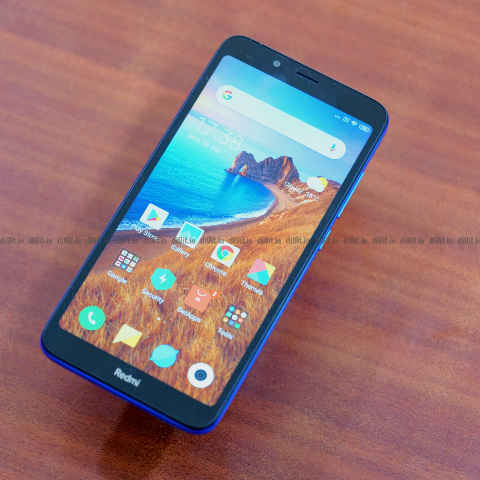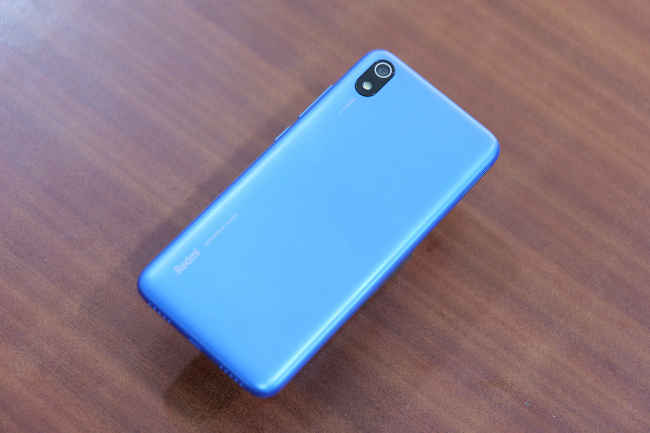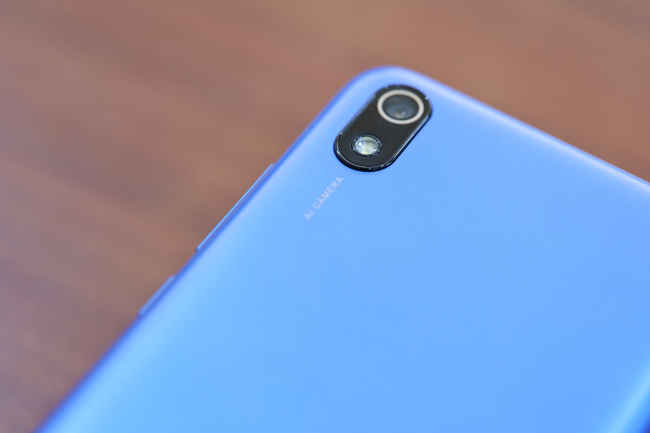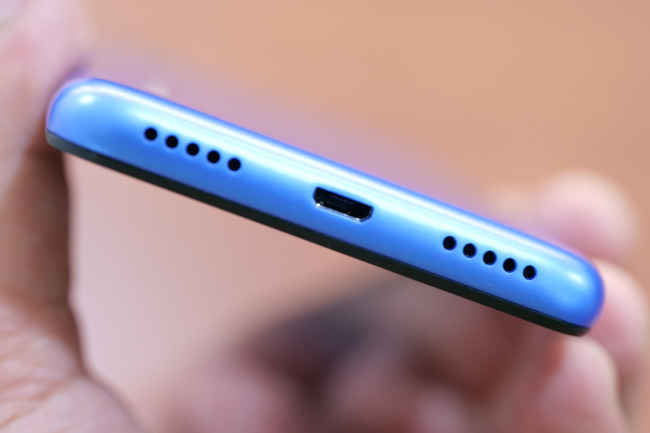Xiaomi Redmi 7A First Impressions: Will this be the go to option in the entry-level segment?
Even with the set of features the Redmi 7A packs, it’s still very much entry-level and if you are expecting this to be anything else, you will be disappointed.

Not many smartphones under Rs 6,000 can boast of features like an octa-core processor, a camera that trickled down from phones that cost twice as much and a basic, but comforting design. The new Redmi 7A ticks all those boxes and as such, it could be an excellent contender for the go-to option in the entry-level segment. However, even with the set of features the Redmi 7A packs, it’s still very much entry-level and if you are expecting this to be anything else, you will be disappointed.
 Survey
SurveyNow that we have set that boundary, the Redmi 7A is an impressive smartphone. Its polycarbonate body feels solid and the three colour options give some level of choice to the consumer, even at that price point. With a 5.45-inch HD+ display, the Redmi 7A is also perfectly compact and can easily be used one-handed by people with the tiniest hands. Now that may hamper your texting speed and make watching movies not as good as phones with big screens like the Realme C2 (also similarly priced), but if you use a phone while commuting, this is a good option.
Inside, the Redmi 7A introduces the Snapdragon 439 to the entry-level segment. Previously, all smartphones powered by the entry-level processor have been priced around Rs 10,000 and as is mostly the case with Xiaomi, the Redmi 7A managed to bring down the entry-barrier to one of Qualcomm’s best entry-level chipsets. It’s manufactured on a 12nm node ensuring better power efficiency while 8 low-power Cortex A53 cores clocked at 2.0GHz ensure stable performance, even though you can’t expect anything outrageous from it like multitasking while gaming. In fact, the MediaTek Helio P22 found in the Realme C2 is an excellent alternative to Qualcomm’s SoC. It would be interesting to see how the two phones fare against each other in performance.
However, while Xiaomi ensures a smoothly running processor, the RAM and storage can be a big bottleneck in performance. The base variant of the Redmi 7A ships with only 2GB RAM and a mere 16GB of storage. This just isn’t enough storage, considering that apps like Facebook and Instagram tend to store a lot of data on the phone’s internal storage during their prolonged use. There is the option to use the ‘lite’ versions of these apps to save space and Xiaomi also bundles a dedicated slot for an SD card which should do well to store your music and videos. However, your photos and videos that you shoot from the phone, the games you play and the apps you install all take up space in the 16GB or 32GB onboard storage. It won't be long before the phone starts to display ‘storage full’ warning.
What sets the Redmi 7A apart from most of the entry-level phones is the camera on the back. It’ may not be a dual-camera sensor but it packs the Sony IMX486 sensor that powered mid-range phones like the Xiaomi Mi A2 and the Asus Zenfone Max Pro M2. While we are yet to test out the phone’s camera conference, the initial photos from the phone do look promising. The daylight performance especially is decent with the resulting images being adequately sharp. However, it doesn’t look as good as say, the camera from the Mi A2 and that’s primarily because the ISP inside is not the same.
The Redmi 7A also offers some new features like wireless FM radio where you won’t need to connect an earpiece to get radio signal, face unlock, AI scene recognition in the camera, and a 4,000mAh battery also bodes well for the smartphone and the entry-level segment in general.
First Impressions
The Xiaomi Redmi 7A might not be that ahead of the curve as compared to others in the entry-level segment, despite an octa-core processor, a popular camera and a sturdy build. The Realme C2 has most of the features on offer as well and comes with a better-looking design (not necessarily sturdier) while the Samsung Galaxy M10, which is a little more expensive, makes things interesting with a wide-angle camera. What’s good about all this is the fact that even though someone might have the budget for an entry-level smartphone, there’s no dearth of choices.
Digit NewsDesk
Digit News Desk writes news stories across a range of topics. Getting you news updates on the latest in the world of tech. View Full Profile


